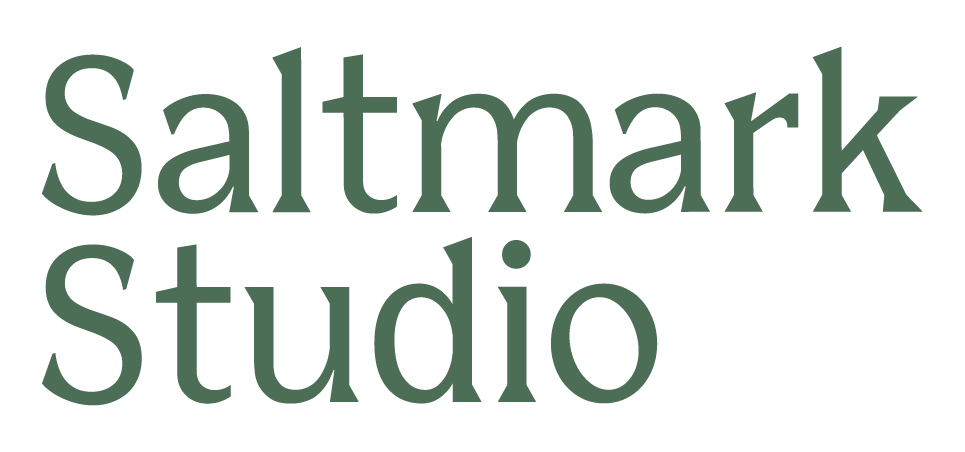Designers & AI. Love it or hate it, it’s here to stay.
Perfect is a Problem
One of the early signs of AI-generated writing was the em-dash. That punctuation mark most of us couldn’t even find it on a keyboard, suddenly appeared everywhere, along with words like "robust," "embark," and "delve." Language that seemed impressive but isn't how actual humans speak.
The em-dash problem isn't really about punctuation. It's about something bigger, AI defaults to a polished, slightly formal version of communication that doesn't sound like you anymore. It sounds optimised. Perfect, even. But that perfection is exactly what makes it feel hollow and inauthentic.
This applies beyond writing. AI can generate a flawless image in seconds and produce endless variations on a theme. But here's what we lose: humans don't develop skills, taste, or judgment by watching something appear perfectly formed. We develop them through the messy process of making. The failed attempts, the iterations, the gradual understanding of why something works.
The Case for Messy
Over many years, designers learnt how to draw logos using the pen tool in Adobe Illustrator or retouching images in Photoshop. It was as much about the journey, as the destination.
This time allowed us to hone our skills and understand what makes a good image or logo. AI has it’s place, but without the understanding of context, constraints, user needs, business goals, cultural nuances, and often a dozen competing priorities that aren't even fully articulated, it can’t be the strategic thinker, the stakeholder navigation, the understanding of what the problem actually is beneath what someone says it is.
When we let AI create the "perfect" output, we're not just outsourcing the work. We're outsourcing the learning, the development of our own voice, our own eye. We're using an em-dash when a comma would do, or to just start a new sentence.
Will there one day be a premium on hand-made (or human-made) work over computer generated work? Not to mention we still haven't solved the problem of copyright. Where are all the images coming from that an AI model referencing?
Anyway, the point is... AI is here. As designers, we can work out how to embrace it, but we can't stick our heads in the sand and ignore it. It’s not going away like Clippy.
I have my own personal ways of working with AI that aligns to my values, so it's only using content that I have written or created for it to ‘source’ from. Hopefully AI developers are really thinking about what that looks like, how we interact with AI in the future, and how we can shape the way we use it - instead of letting it shape us.
If you want to be in the loop about ethical AI use, one of my favourite Substacks is from the folks at All Tech Is Human. They have also recently released their 2025 Responsible Tech Guide and Responsible AI Courses which you can download for free, check out more about them here.
———
Need a complex design solution from an experienced creative who can deliver on time, on brief and without the drama? You have come to the right place. Book a call today.
